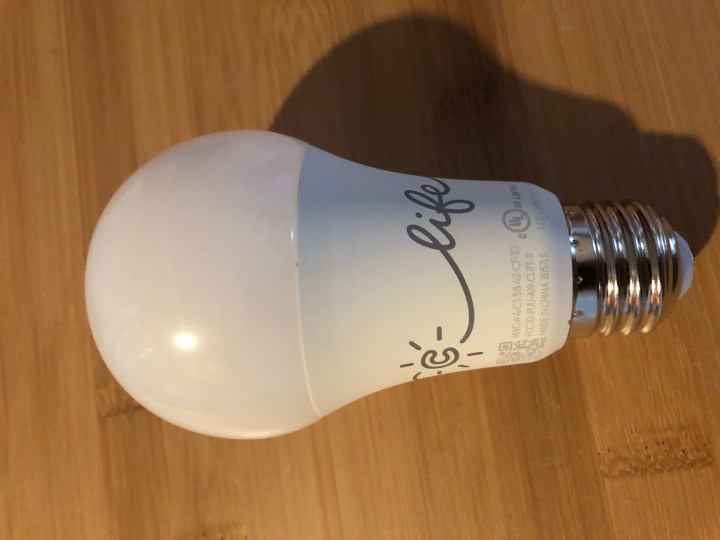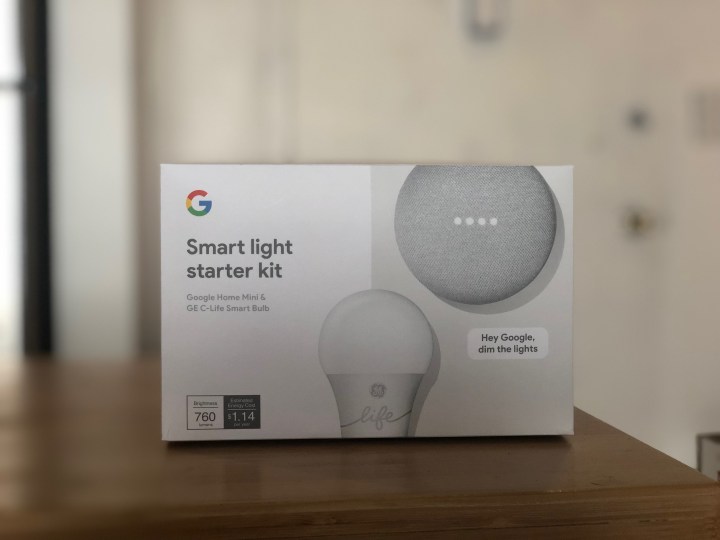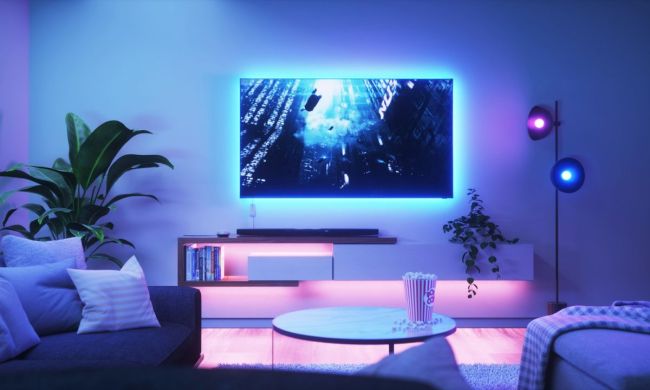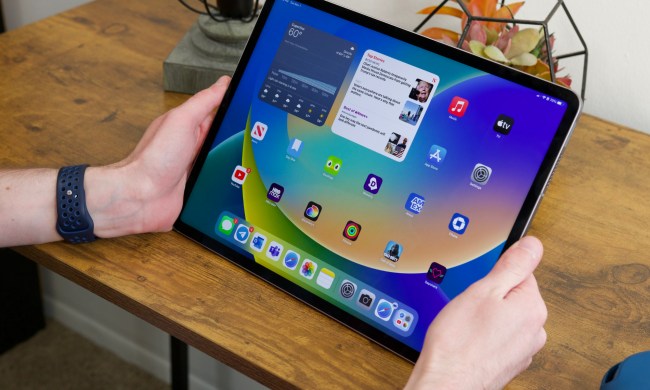
Smart devices have revolutionized the way we live on a day-to-day basis. Weather channels are extraneous in lieu of a smart voice assistant like Amazon Alexa or Google, who can tell us whether we need a light sweater or a rain coat. Boring old light switches? Who needs ’em when you can say, “Hey Google, turn on the lights” instead.
The Google + C by GE smart bulbs are a great example of a smart device that makes life easier. Sold on its own or in a combo pack with a Google Home Mini ($55, but currently on sale for $35), the GE Smart Bulb goes above and beyond with its basic functionality. They use the Google Assistant app to allow you to dim or brighten the lights instantly, schedule the lights to turn on or go off, and control them with the touch of a button.
Some of the more well-known smart lights on the market take longer to power on, like Philips Hue’s lineup. It’s just a few seconds difference, but the GE C-Life bulbs stand out because they instantly power on and fills the room with light, rather than brightening gently over the span of a few seconds. When you’re just ducking into the closet to grab something, the rapid response is welcome.
Hey Google, turn on the lights
The GE C-Life Smart Bulb also puts out more light than comparative lights. Coming in at 760 lumens, the smart bulb brightens a room with warm, 2700K light. It also has a great life expectancy. With an estimated use of three hours per day, the bulb will last an average of 13.7 years, with an estimated yearly cost of just $1.14.
Installation is simple. There’s no need to set up a complicated Wi-Fi bridge or anything like that. Just screw the lightbulb into the socket and open your Google Assistant app. It will automatically detect the bulb and guide you through the setup process. The whole thing takes less than five minutes from start to finish, and then you can experiment with the bulb and learn how to set up schedules and routines.

Setting up the Google Home Mini takes slightly longer if you don’t already have one, but it’s still a simple process, again, using the Google Home app. The
The only gripes we had with the unit is that Google sometimes seems to completely forget the room setup. We might give a command like, “Hey Google, turn on the office light,” only to receive this response: “Sorry, I don’t see a room labeled office.” We gave the same command immediately afterward, and the lights turned on. We don’t know if the glitch is due to a problem with the language processing servers at Google or if we just did not speak clearly enough.
The smart light starter kit with the Google Home Mini and the GE C-Life Smart Bulb is a great starting point for someone who wants smart lights in their home without breaking the bank. Sure, they aren’t colorful, and you can’t sync them to music, but they’re infinitely more affordable and make it easy to learn the basics.



